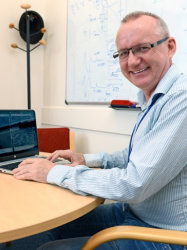BibTex format
@article{Franks:2019:10.1098/rspb.2019.0365,
author = {Franks, N and Worley, A and Falkenberg, McGillivray M and Sendova-Franks, A and Christensen, K},
doi = {10.1098/rspb.2019.0365},
journal = {Proceedings of the Royal Society B: Biological Sciences},
title = {Digging the optimum pit: antlions, spirals and spontaneous stratification},
url = {http://dx.doi.org/10.1098/rspb.2019.0365},
volume = {286},
year = {2019}
}

